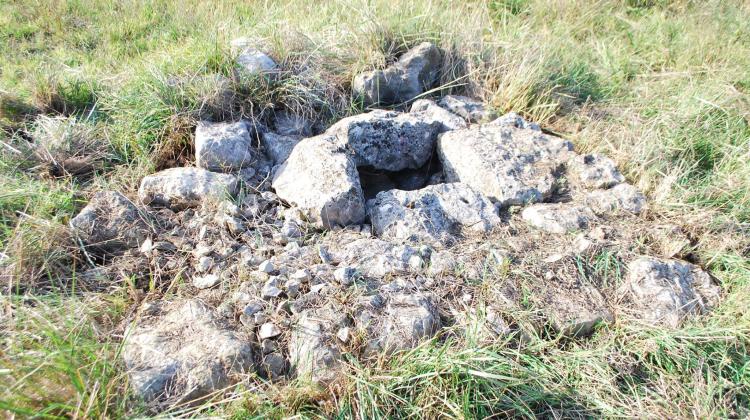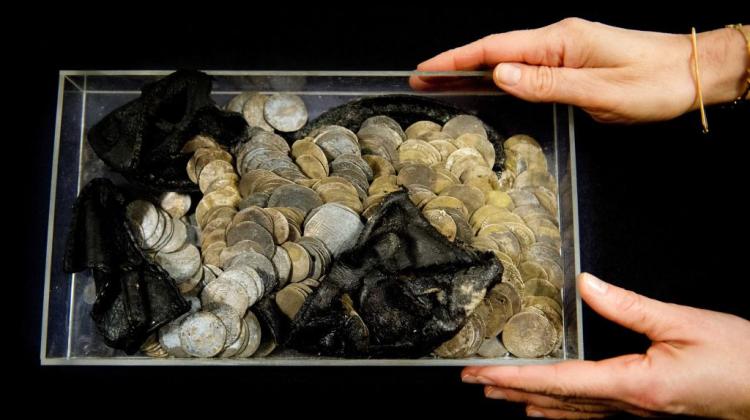The first Polish archaeological project in Bosnia and Herzegovina
 Well-preserved Roman well from I-III century A.D. Photo by Michał Pisz
Well-preserved Roman well from I-III century A.D. Photo by Michał Pisz
From the first half of the 1st century, veterans - legionaries, given land by successive emperors were coming here. That is why this area was rich, and quickly succumbed to Romanization. Here, in the current municipality of Ljubuški in western Bosnia and Herzegovina, scientists from the Institute of Archaeology of the University of Warsaw started their study.
This year\'s two weeks of field work started in early October. Their aim is to study the settlement of the Roman period and Late Antiquity.
"So far, we have located remains of the bridge hidden underwater, the course of some of the roads and the locations of major settlements. The oldest relics date back approx. 2 thousand years" - explained Tomasz Dziurdzik, leader of the expedition, a PhD student at the Institute of Archaeology of the University of Warsaw.
The archaeological heritage of this region is poorly surveyed and documented by local professionals. Armed conflict in the 1990s contributed to this situation. "The war caused a long-term decline of the archaeological and historical heritage protection system, and as a result many sites have been destroyed or are currently threatened by modern construction" - added Dziurdzik.
Currently, Polish scientists verify inaccurate data from before the war in the former Yugoslavia. In their activities they use advanced technologies. They enter the visited archaeological sites in the GIS (Geographic Information System) database - mark their GPS position, add photographs. In theirs work, they are aided by air reconnaissance, they also analyse satellite images. Preparation of 3D models of selected sites is also planned. "This is the first application of modern, non-destructive archaeological methods in the area" - said Dziurdzik.
Locating several 2 thousand years old settlements, whose location was previously unknown, proves that the methods used by Poles are effective. Still waiting to be discovered is a Roman fort: according to written sources it existed near Narona, one of the most important cities in the Roman province of Dalmatia. Archaeologist argues that this is a very interesting study area because of the wealth and diversity of the archaeological heritage.
"We have established long-term cooperation with local archaeologists and institutions - we are planning further joint projects, including the development of non-invasive surveying with geophysical prospection and excavations" - concluded Dziurdzik.
The project is implemented in cooperation with the University of Mostar and the municipality of Ljubuški. The research project received financial support from the Advisory Council for Student Research Movement at the University of Warsaw. The current reports of archaeologists from the area are available online.
PAP - Science and Scholarship in Poland
szz/ mki/ zan/
tr. RL
Przed dodaniem komentarza prosimy o zapoznanie z Regulaminem forum serwisu Nauka w Polsce.
















